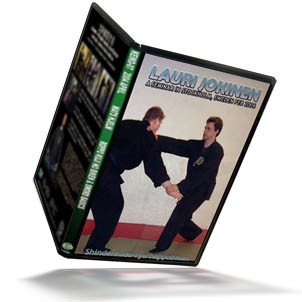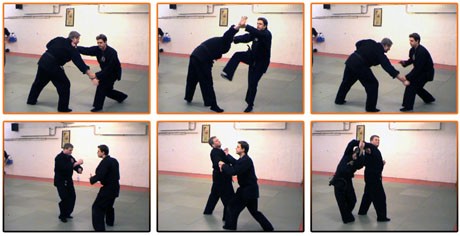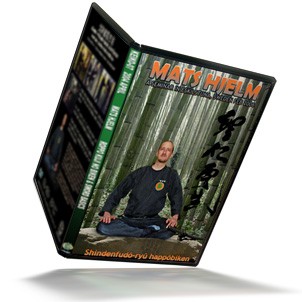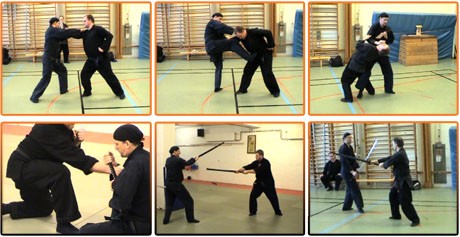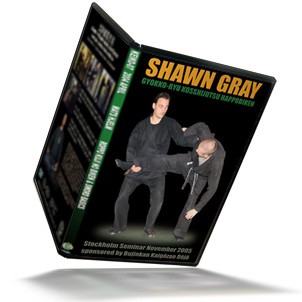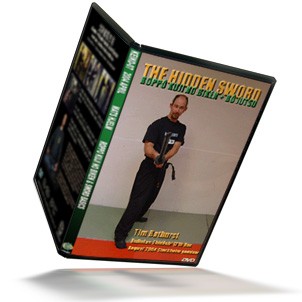From Shiro Kuma's Weblog by kumablog
The last Japan trip during the Sakura season was full of insights, and I did my best to share them with my buyu in India, France, and Hungary.
Teaching after being taught is always a challenge as we never feel confident after a Japan trip. Will it be good enough? Will the explanations make sense? Did we really understand what sensei meant? But as always in the Bujinkan, I used the 忍法一環 ninpô Ikkan, the “keep going” attitude and I did my best.
In India where I stayed two weeks, I had time to settle down and to “polish ” the feelings stolen in Japan. The group in Bangalore being a mix of beginners and Shidôshi we began with the sanshin no kata that we rapidly adapted to the tsurugi. Shiva and his team had done a nice job by making available enough wooden tsurugi for eveyone. India is incredible* and the buyu here know how to do things correctly.
In France, as the group had been training extensively with Hughes on the tsurugi we spent a more time putting more taijutsu into the sword techniques because taijutsu is the real teaching of this year and we began to okay with the conceit of Mutô Dori . But I come to that later in the text.
Then in Budapest, we did something so different that in fact my whole taijutsu with the tsurugi improved a lot. When this seminar in Budapest was planned by Balazs, he made a funny request: “Arnaud do you think it is possible to cover the concepts that sensei had been doing for the last twenty years during a weekend seminar? “. “Sure” I said and it was the deal…
But to be honest it is only on the week prior to the seminar that I began to be concerned about feasibility and that I understood the complexity of the request. I have been in the Bujinkan for so long that remembering all these yearly themes would not be difficult, but how to make it look like a logical evolution and squeeze twenty years of concepts in only two days?
I think that everything is happening for a reason, and for me sensei unfolded gradually a path that we followed blindly not looking back (if you’re blindfolded looking back is useless anyway). Now as I tried to transmit the logical beauty of sensei ‘s vision, I understood the reason why we are studying the tsurugi this year: we are using the tsurugi because there is no way we can reproduce something we know, or adapt it from another base of knowledge on the things we have already studied. No other weapon we know in Japanese martial art can be used, the tsurugi is the ancestor of everything. The tsurugi is the beginning and the end; the alpha and the Omega of martial art; the A-Un.
I understood that what we do with the tsurugi really doesn’t matter because what is fueling the movement is not a weapon or a waza, what is making it work is the quality of our taijutsu. Only with a good taijutsu can we move correctly with the tsurugi. I exchanged a few messages with Duncan recently and we both agreed on this.
With the tsurugi we move with our guts, our body movements take over the permanent mental analysis giving birth to a subtle way of fighting. The movement works because it is natural and not hindered by any intention. In a way we can say that 劍 tsurugi being our body, our “guts” allow 津 腹鳴, tsurugi (or the haven where everything is processed) to be expressed. Remember that in Japan the XXX hara (belly ) is where the spirit is located.
Taijutsu is the theme for this year and this is why sensei has insisted on the importance of Mutô Dori during in his recent classes. But the problem is that Mutô Dori can, theoretically, only be done when you have no weapon in your hand. This is the key. We do Mutô Dori with the tsurugi in hand because this is only taijutsu and nothing else. The quality of your taijutsu is what gives life to the blade, but the blade is not doing any technique, footwork and body movements do it. There is no thinking it is body (belly) movement.
If you understood me so far then we can dig a little more into a few things that sensei explained in class.
Tenchijin is one – or 3 = 1
Sensei said that we had to keep the Tsurugi at hip level.
Hips are Jin therefore the blade can move freely between Chi (legs/lower body) and Ten (arms/upper body). Taijutsu is foot and finger, and the sword via the spine is linking the three. We move like One by the sword. Like the sword of Fudô, the Tsurugi connects man to the divine.
“Shinshin shingan” the “eyes and spirit of the gods” said sensei during training but Shingan is also 真贋, (authenticity); and Shinshin being also 心身 (body and mind) we can understand that Tsurugi is the way to become fully authentic with our body and mind. Tsurugi is the tool to achieve that. By moving freely in our Taijutsu we clean ourselves from intention. Tsurugi is alive and protects us as if the sword has its own perception of reality, a reality that cannot be perceived by our human senses. This is juppô sesshô.
There is no sword, there is only natural movement, and this is Taijutsu.
The historical sword was called Kusanagi no Tsurugi: the sword that “cut the grass”. The grass can be seen as our intentions, as well as uke’s intentions. Like the Ken of Fudô Myô, the blade cuts our illusions and help us to get rid of falsehood to stay on the correct path. This is the most beautiful thing that Hatsumi sensei has given us and we should be thankful for it. Training with the tsurugi makes our taijutsu more authentic, more powerful also as we are deprived from any intentions; we are free to move according to nature with no preconceived idea.
Last year sensei said that Budô was Mudô, therefore Mutô Dori is also Butô Dori
Bu is mu 武, and Tô is 刀 sword or 道 way but Tô 闘 is fight. So Mutô is Butô: 武 道 is 武 闘. Then Mutô Dori (“grabbing” the way of war) is in fact Butô (seizing the fight).
Mutô Dori is the Gokui, the essence of Budô. The Gokui is always simple and formless in its manifestation, but it is difficult to make it simple. When using the tsurugi the movements are the result of taijutsu nothing else. The blade moves by itself following what the body is creating in the Kûkan. As the Zen master Takuan said (see previous entry): “I do not see the enemy, the enemy doesn’t see me” and this is because we do not try to do anything specific. When contact is established we flow like water, as if we were surfing on top of uke ‘s waves of intention. The tsurugi is only the metallic extension of our body. We don’t think the movement, we don’t think the weapon, we don’t think the opponent.
We 突き詰めません tsukitsumemasen, we “don’t think”, we adapt with Mutô Dori as our natural expression.
In the sermon on martial arts Chozanshi says that: ” a teacher can only transmit a technique or enlighten you to the principle, but receiving the truth of the matter is something within yourself. (…) grasping it on one’s own is always a matter of transmission from mind to mind. It is a special transmission beyond the scriptures. ”
As sensei puts it, we have to learn how to read between the lines and the Mutô Dori of this year is giving us exactly that.
Just do it * *
*This is the motto of the national advertizing campaign. http://www.incredibleindia.org/
* * like in the Nike expression. “Niké” in Greek is the goddess of victory so “just do it (without thinking) and victory will be yours.


…
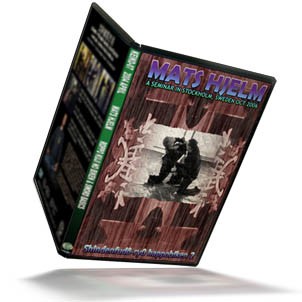


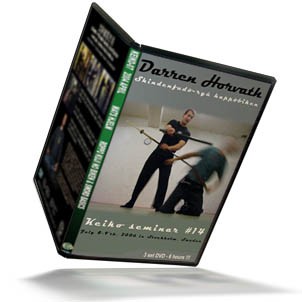
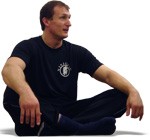 The theme of this DVD is understanding the natural body movement in fighting. Darren taught many techniques from Shindenfudo-ryu and the feelings of Iken-hassô, Biken-isshun, and much much more. There is three dvd’s in this box set…
The theme of this DVD is understanding the natural body movement in fighting. Darren taught many techniques from Shindenfudo-ryu and the feelings of Iken-hassô, Biken-isshun, and much much more. There is three dvd’s in this box set…

